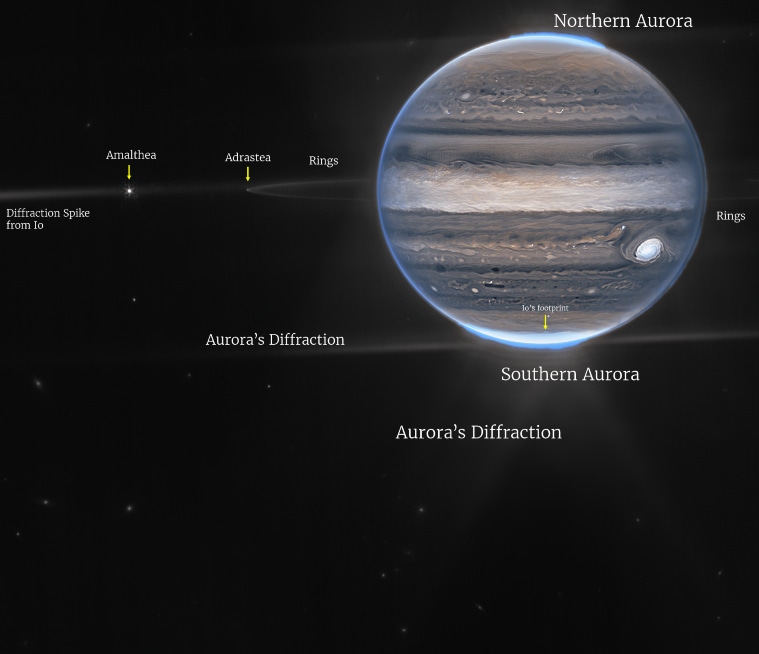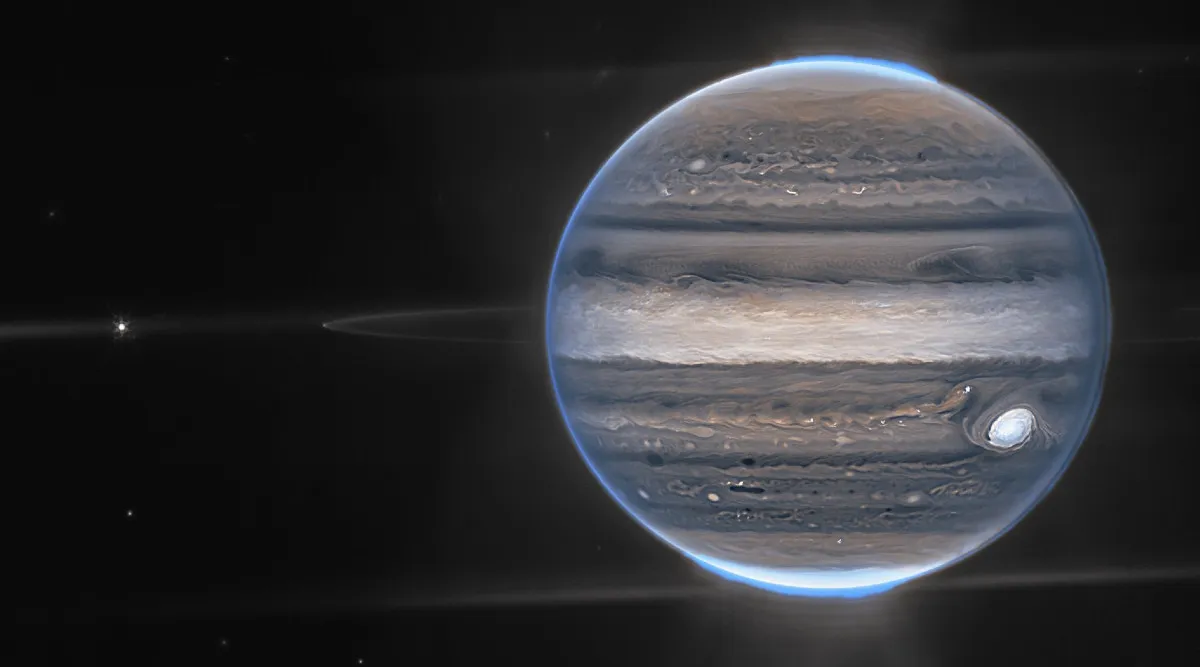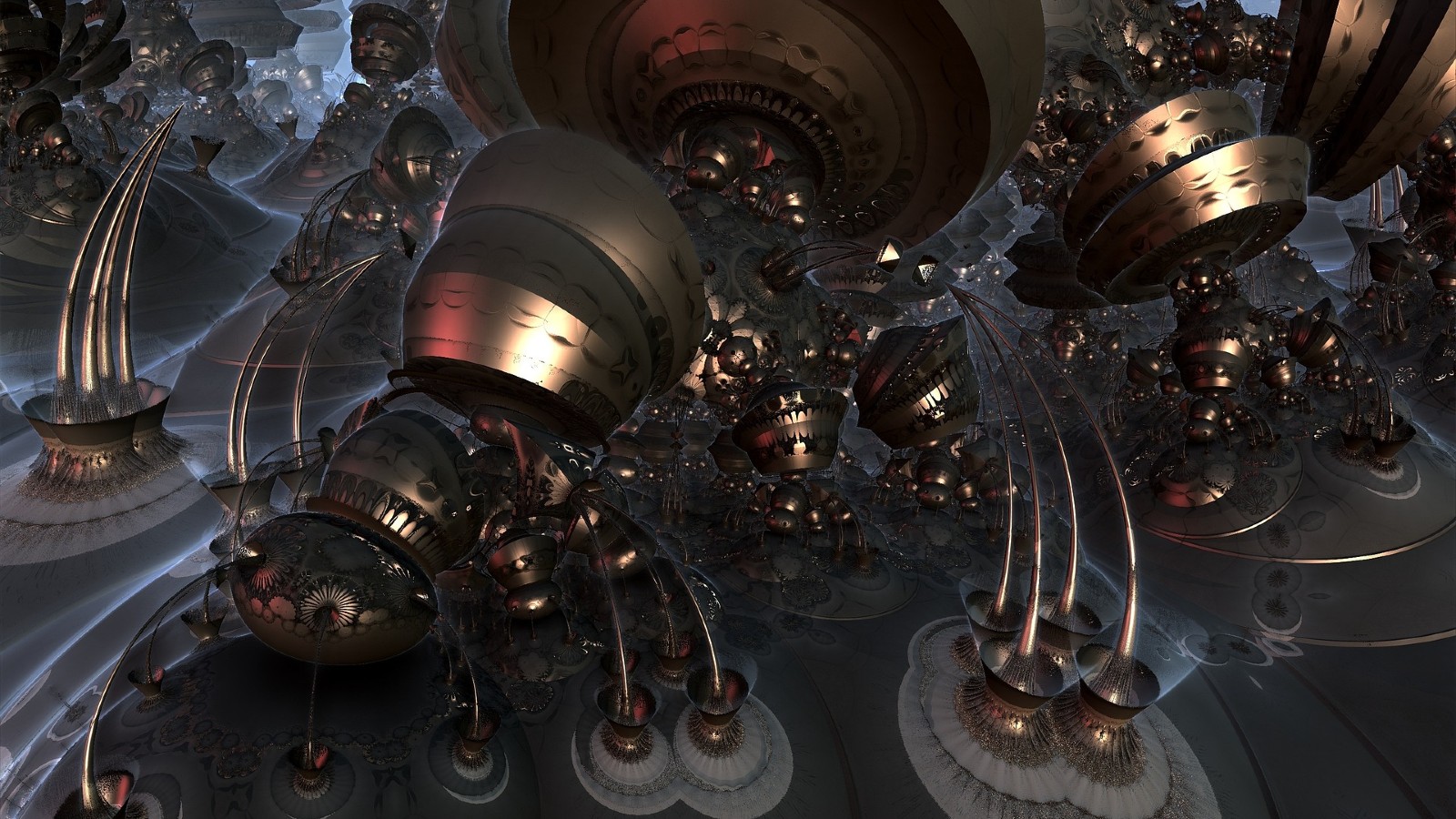The images of Jupiter, the largest planet in the solar system, have always been the same. A yellowish-orange sphere is how most of us remember the gas giant from our school textbooks and encyclopedias. However, the new images of Jupiter captured by NASA’s newest James Webb telescope show the planet in a very different avatar.
A greenish blue view of Jupiter can be seen in the latest infrared images of the planet released by NASA. The images show the planet complete with all its signature elements including the giant storms, auroras and regions of extreme temperature. Check out the images below.
Giant news from a giant planet!@NASAWebb captured a new view of Jupiter in infrared light, uncovering clues to the planet’s inner life. Two moons, rings, and distant galaxies are visible. Get the details: https://t.co/6WKbAQY78z pic.twitter.com/9uaACCPGyU
— NASA (@NASA) August 22, 2022
“We hadn’t really expected it to be this good, to be honest,” planetary astronomer Imke de Pater said in a press statement. De Pater, professor emerita of the University of California, Berkeley led the observations of Jupiter with Paris Observatory professor Thierry Fouchet, who added that “It’s really remarkable that we can see details on Jupiter together with its rings, tiny satellites, and even galaxies in one image.”
 All of Jupiter’s signature features mapped out. (Image Source: NASA)
All of Jupiter’s signature features mapped out. (Image Source: NASA)
A second image released by NASA also neatly marks the various features of Jupiter that can be seen in the pictures, including the planet’s rings and moons. “This one image sums up the science of our Jupiter system program, which studies the dynamics and chemistry of Jupiter itself, its rings, and its satellite system,” Fouchet said.
Processing Jupiter’s newest photographs
As NASA mentions in its blog post, images from the James Webb telescope don’t arrive in the form we see them in on the web. Instead, what scientists get is a collection of information captured by the light detectors on the James Webb Space Telescope. At the STScI (Space Telescope Science Institute), these bits of information are then processed and compiled to make the images we see.
The newest images of Jupiter you just witnessed were processed by Judy Schmidt of Modesto California, a longtime image processor in the citizen science community.
Schmidt also collaborated with Spain-based co-investigator Ricardo Hueso, who studies planetary atmospheres at the University of the Basque Country for the second image, the one where the rings and moons can be seen.
!function(f,b,e,v,n,t,s)
{if(f.fbq)return;n=f.fbq=function(){n.callMethod?
n.callMethod.apply(n,arguments):n.queue.push(arguments)};
if(!f._fbq)f._fbq=n;n.push=n;n.loaded=!0;n.version=’2.0′;
n.queue=[];t=b.createElement(e);t.async=!0;
t.src=v;s=b.getElementsByTagName(e)[0];
s.parentNode.insertBefore(t,s)}(window, document,’script’,
‘https://connect.facebook.net/en_US/fbevents.js’);
fbq(‘init’, ‘444470064056909’);
fbq(‘track’, ‘PageView’);






